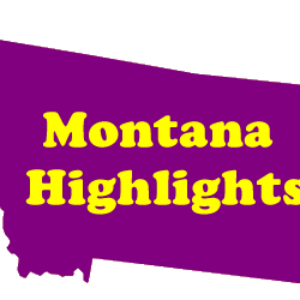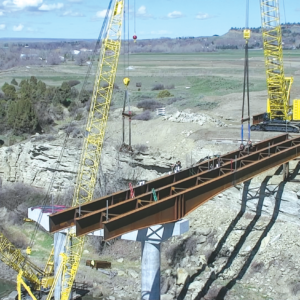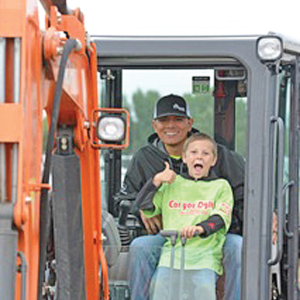Five years ago, Flathead Valley United began planning to develope an indoor training facility. The land purchase was finalized in 2021 and the soccer club is moving forward with development. The planned 16,800-square-foot indoor sporting facility will be located in Evergreen, where it will be located next to Evergreen Middle School. The indoor facility space will be maximized to allow for a 7v7 or 9v9 field, with a mezzanine seating area.
Owner Kyle Pemberton formed the idea of Man of the Woods after making house calls to cut clients’ hair. The mobile barbershop, Man of the Woods, is the first in the state of Montana. This year, they cut hair in temperatures as low as 30 below zero. Man of the Woods operates seven days a week in Big Sky and around Bozeman
“The Amenity Trap: How high-amenity communities can avoid being loved to death,” focuses on four broad categories in which tourism destinations increasingly struggle: housing, infrastructure and public services, fiscal policy, and natural disasters. The report was produced by Headwaters Economics of Bozeman. The report examines how increasing levels of outdoor-recreation tourism can become stressors in those areas, and how some communities have addressed the challenges .
Wade Fellin is owner of the Big Hole Lodge in Wise River Montana and fishing guide. For years, trout in the Big Hole and other area rivers have seen population declines, with some sections reporting less than 1,000 trout per mile. The declines prompted Montana Fish Wildlife and Parks to issue emergency angling restrictions on the Big Hole, Ruby, and Beaverhead Rivers this June. FWP has acknowledged that low stream flows and high-water temperatures are stressing fish to the point of population decline. Fellin and other Montana anglers and outfitting businesses created the Save Wild Trout Campaign this June. The campaign aims to raise at least $500,000 in its first year to hire a team of private and independent scientists to study the fish declines.
The Bookshelf in downtown Kalispell was purchased by Stephanie Pius in June of this year. When Stephanie, a lover of books herself, bought the business on Main Street, she said it never occurred to change the store away from a bookstore. Pius looks forward to making the store her own .
The Gaul family recently began a “glamping” business.Bridger and Annie Gaul, have opened a luxurious form of camping on property they own on Flathead River near Paradise.
A long-awaited grant of $30.5 million for a road construction project on U.S. Highway 93 south of Ninepipe Reservoir in the Mission Valley has gained momentum. The Confederated Salish and Kootenai Tribes will receive the funding as part of a larger pot of $130.5 million disbursed by the Federal Highway Administration. The 3 mile project includes a multi-span bridge over Post Creek with an uphill passing lane, and a multi-use bike and walking path. It will also include infrastructure to reduce wildlife collisions and other safety improvements .
The Missoula Urban Transportation District was selected to receive $39.1 million through FTA’s FY 23 Low- or No-Emission Vehicle Program and Grants for Buses and Bus Facilities Program. The funding comes from the U.S. Department of Transportation’s Federal Transit Administration, which recently announced 130 awards totaling nearly $1.7 billion from the Infrastructure Law for transit projects in 46 states and territories
The Whitefish City Council is considering holding a public hearing in August to ask voters to reallocating a portion of the city’s resort tax toward funding affordable community housing development and programs. Any change to resort tax allocations would require voter approval, with the council having the final say on whether to ask voters to weigh in at the ballot box during this fall’s elections.
Sun Mountain Lumber, Deer Lodge, has purchased the R-Y Timber mill in Livingston and plan to reopen the facility
The Montana Department of Transportation (MDT) and KLE Construction Inc. have substantially completed the Hardin-South project. The Hardin-South project was a roadway reconstruction project?focused on?improving State Secondary Highway 313 (S 313) by addressing wear and tear and improving the service life of the roadway. Additionally, there is a new structure?over?Williams Coulee, and the Two?Leggins?Canal structure has been updated with new guardrail.
After being acquired by the Young Automotive Group, Flanagan Motors Mazda has become Young Mazda of Missoula. Paul Byron is Young Mazda Missoula’s new general manager, Founded in 1925 by Jack Olsen, the Young Automotive Group has 29 locations across northern Utah and southern Idaho. Young Mazda Missoula will be their first Montana dealership. Flanagan Motors Mazda opened 47 years ago.Once the acquisition is completed, current owner Shannon Flanagan will take on a new role as the community service representative manager.








